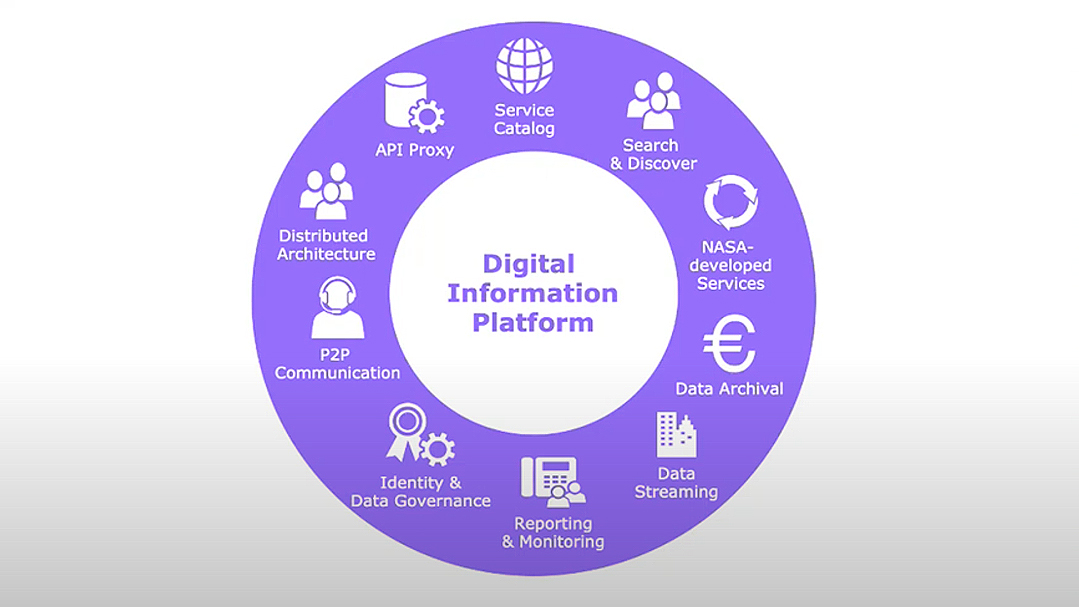Closing the Loop: AI, Patient Engagement, and the New Era of Imaging Informatics
One of the most interesting sessions at the recent SIIM (Society for Imaging Informatics in Medicine) 2025 conference was a session on “Closing the Loop: AI, Patient Engagement, and the New Era of Imaging Informatics.” The panel had a diverse set of speakers that provided a wide range of perspectives: Seetharam (Ram) Chadalavada, MD, CIIP, […]

 One of the most interesting sessions at the recent SIIM (Society for Imaging Informatics in Medicine) 2025 conference was a session on “Closing the Loop: AI, Patient Engagement, and the New Era of Imaging Informatics.” The panel had a diverse set of speakers that provided a wide range of perspectives:
One of the most interesting sessions at the recent SIIM (Society for Imaging Informatics in Medicine) 2025 conference was a session on “Closing the Loop: AI, Patient Engagement, and the New Era of Imaging Informatics.” The panel had a diverse set of speakers that provided a wide range of perspectives:
- Seetharam (Ram) Chadalavada, MD, CIIP, Vice Chair Radiology – Informatics, UC Health and CMO, PocketHealth
- Tom Hasley, CIO, Lucid Health
- Carl Swanson, MS, AVP Enterprise Imaging at MedStar Health
- Rishi Nayyar, Co-Founder & CEO at PocketHealth
I think it’s safe to say that Nayyar led what was probably the most patient focused dicussion at the entire conference. The patient was at the center of the entire discussion, with insights into how imaging teams are increasingly using AI to orchestrate care more intelligently, strengthen referral workflows, create more connected patient experiences, and finishing off with where AI is heading in radiology over the next 2 years.
Here are some of the key insights I captured from the session along with some added perspectives.
This shift that Dr. Chadalavada descibes is pretty incredible to hear. I know over the years there was some fear around sharing images early with patients and he notes that sometimes some context is needed to understand the results fully. However, so many stories like those above illustrate the benefits of sharing patient data and results early with patients. I love seeing that by viewing the radiology images earlier, patients were able to come better prepared for their visit or even have their family avoid a visit where the findings were all normal. Both of these are powerful examples of patient centricity. Of course, the real challenge in healthcare is that not everyone has adopted this approach yet, but they should.
Dr. Chadlalavada did remind us of the importance of acknowledging that each patient situation is different. We often don’t know what that patient is dealing with when they receive their imaging results. Navigating that time with care and personalization is extremely important.
This concept by Nayyar was such a beautiful idea and one I’ve heard from radiologists a lot over the years. Certainly radiologists will still do consults with doctors, but there’s a real power in being able to have the patient talk directly with the radiologist. Plus, it often helps the radiologist find more meaning in their work when they’re able to directly engage with the patient.
Incidental findings was a particularly hot topic at the conference and showed up a number of times on this panel. It makes sense that we’re talking about it because AI is able to look at everything (ie. more incidental findings are found). It’s one of the super powers of AI. Plus, AI is not just surfacing more incidental findings, but enabling imaging teams to act on them more efficiently and intelligently. How we manage these incidental findings is going to be important for every healthcare organization from a risk management and patient safety perspective.
Swanson really highlighted well the two main challenges with incidental findings. One is a technical challenge which is relatively simple to solve with the right technology. That is identifying and making a list of the incidental findings that need to be addressed by the healthcare organization. As Swanson points out though, the bigger challenge is addressing who will follow up on the incidental findings. While this has traditionally been the referring physician, that dynamic is changing quickly and the follow up is actually being done by more of a care navigator in the organization. Of course, it should also be mentioned that following up on these incidental findings can be a great source of revenue for a healthcare organization.
Hasley’s advice on communicating your follow up program with referring physicians is a good one. No one likes to be blind sided by something unexpected, so letting referring physicians know how you’ll be handling incidental findings and patient follow up is very important. Of course, the right communication can deepen your relationship with referring clinicians.
Another important topic discussed on the panel was a healthcare organization’s relationship with outside vendors. Swanson offered this really interesting perspective on building the relationship between Corporate IT and Imaging/Radiology IT along with the procurement process.
The reality is that technology in healthcare and radiology specifically has never been moving and evolving faster than it has been moving today. The AI models are evolving quickly and the pain points we didn’t think we could solve before we now can. Understanding the pain points of your healthcare organization is good leadership and key to procuring the right solutions for your organization.
Hasley took the idea of vendor partnerships to another level when he acknowledge that most of his vendors aren’t true partners. I’d describe his definition of a true vendor partner as one that listens deeply to their users. It was eye opening to hear that Hasley said that of all his vendors he could probably count the true partners on one hand.
As Nayyar wrapped up the session, he asked what I thought was one of the most interesting questions. He wanted to know the panelists perspectives on what will “quietly surprise us in radiology” over the next 2 years. Plus, he threw in his answer as well.
Nayyar’s prediction stood out to me. The cost of an AI agent will be near zero and that really does change how we think about solving problems. This means that imaging team need to realize that AI is becoming not just a tool, but an important part of how a healthcare organization orchestrates care. Combine that with the fact that these AI agents are getting so much smarter and more effective at what they do, I think we can only begin to dream about what’s going to be possible two years from now. However, one thing will need to remain true. We need to stay focused on how to solve the problems of the patient.
Thanks to SIIM and PocketHealth for organizing such a great session at the conference. Lots to chew on there and I loved the patient focused nature of this session. What did you think of these perspectives and ideas? We’d love to hear what you thought of them on social media.
PocketHealth is a proud sponsor of Healthcare Scene.

























































































































































